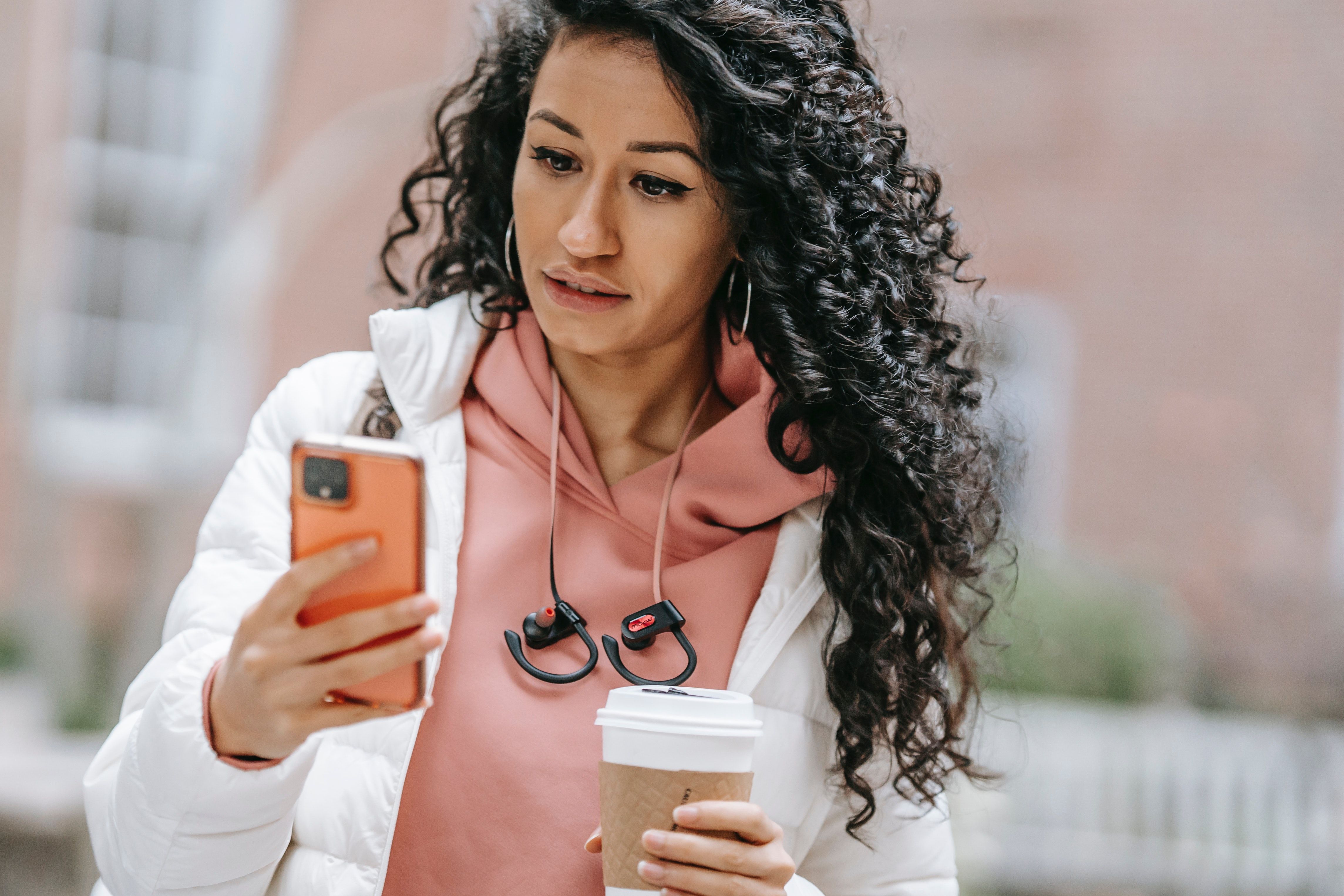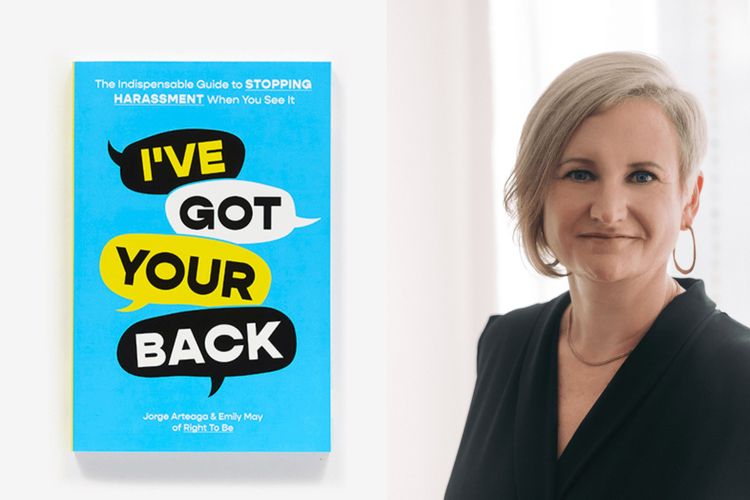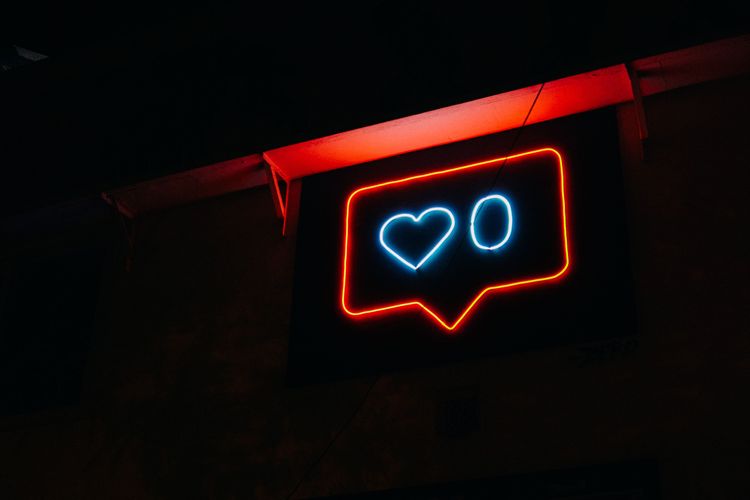
Listen to this article
Discrimination increasingly plays out in the digital realm, where women face a tsunami of hostility, harassment, and violence. An estimated 85% of women and girls globally have experienced online harassment and abuse. They are targeted for their gender, as well as their race and ethnicity, sexual orientation, religion, physical appearance, social status, or the intersection of several of those factors.
It is not just cruel. In extreme cases, it can be devastating, forcing women into therapy for anxiety, depression, and post-traumatic stress disorder (PTSD) and out of the public or professional spotlight.
Women need a digital safety net to limit their exposure to technology-facilitated harassment and its mental health effects. However, governments, companies, and civil society have been slow to react. They also struggle to keep pace with rapid technological change. In addition, little attention is being paid to understanding the mental health impacts of online victimization and finding ways to help women cope with it.
Here are five reasons we need to address women's online harassment and abuse — and its mental health consequences — today.
1. Online harassment is getting more severe.
In the United States in 2021, approximately 40% of people had personally experienced some form of online harassment, according to the Pew Research Center. Unfortunately, that number has not changed much since 2017, when the Center last surveyed Americans about their online experiences.
What has changed is the severity of online harassment. It is getting worse.
According to the data, a similar percentage of men and women now face more severe forms of online abuse, such as stalking and sexual harassment. The study also found that women were more than two times as likely as men to say experiencing online harassment was upsetting.
2. Even the man who invented the Internet says the web is “simply not safe enough” for women and girls.
In 2020, 30 years after Tim Berners-Lee invented the world wide web, he declared that it "is not working for women and girls." He added that the "relentless harassment silences women and deprives the world of their opinions and ideas."
His comments were prompted by research conducted by the World Wide Web Foundation and the World Association of Girl Guides. In a global survey, they found that more than half of young women have experienced online abuse, and nearly 60% said online abuse has affected their physical or emotional well-being, or both.
In response to the findings, Berners-Lee called on governments, companies, and civil society to tackle online discrimination or risk seeing it expand "at a speed and scale never seen before."
3. Online abuse is a big problem for women in the workplace, too.
Women do not escape online harassment when they go to work. For example, in March 2022, Australia's eSafety Commissioner, whose office conducts research about online safety, reported that more than one in three women (35%) experienced work-related online abuse. Women with a public profile, younger women, and those with a disability or who identified as LGBTQI+ were more likely to experience online abuse in the workplace. Of those targeted online, 41% reported mental health impacts. Some survey respondents also said they quit work-related online activity temporarily or permanently in response; and, others gave up leadership positions or left their jobs.
"The report shows this targeted abuse has a severe impact on women's mental health, causes reputational damage, and can have devastating consequences for their careers," wrote the eSafety Commissioner.
A separate study estimated that online harassment and cyberhate have cost Australians an estimated $3.7 billion in health-related costs and lost income.
4. Online discrimination isn’t just a mental health issue. It's a threat to society.
In mid-June, the White House created a task force to address online harms in the United States. The announcement recognized that online harassment and abuse disproportionately affect women, girls, people of color, and LGBTQIA2S+ individuals, and "can undermine human rights and full participation in democracy, governance, and civic life."
The task force will support research on the mental health effects of abuse and the development of programs and policies to address online harassment. The U.S. also launched the Global Partnership for Action on Gender-Based Online Harassment and Abuse "to better prioritize, understand, prevent, and address the growing scourge of technology-facilitated gender-based violence," which outstrips offline gender-based violence in scale, speed, and reach.
Members include Australia, Canada, Chile, Denmark, New Zealand, South Korea, Sweden, and the United Kingdom.
5. The battle against online harassment and abuse of women journalists is heating up and spurring solutions that could soon help others.
A recent UNESCO-sponsored global study of online violence against women journalists found that they are "severely and disproportionately" affected by intersecting threats of sexism and racism, homophobia, and other forms of discrimination and bias. Black, Indigenous, Jewish, Arab, and lesbian women journalists experienced the highest rates and most severe impacts of online violence, which took the form of hateful language, harassing private messages, doxing, and even extortion. As a result, the women journalists frequently reported experiencing mental health impacts, including PTSD.
"First, I'm attacked for being a journalist. Second, I'm attacked for being a woman," journalist Maria Ressa, the 2021 Nobel Peace Prize laureate, told the researchers.
Various organizations are mobilizing to develop tools to protect women journalists. For example, Google's Jigsaw unit and the Thomson Reuters Foundation developed a filter that limits reporters' exposure to abusive content. The code for the harassment management tool is open source, so it can freely be used by others to shield women online and protect their mental health. These kinds of tools could eventually help make the web safer for women everywhere.


